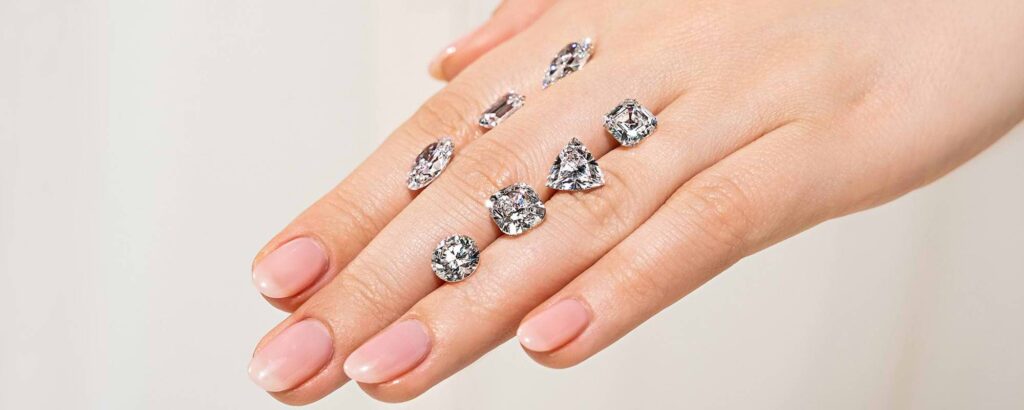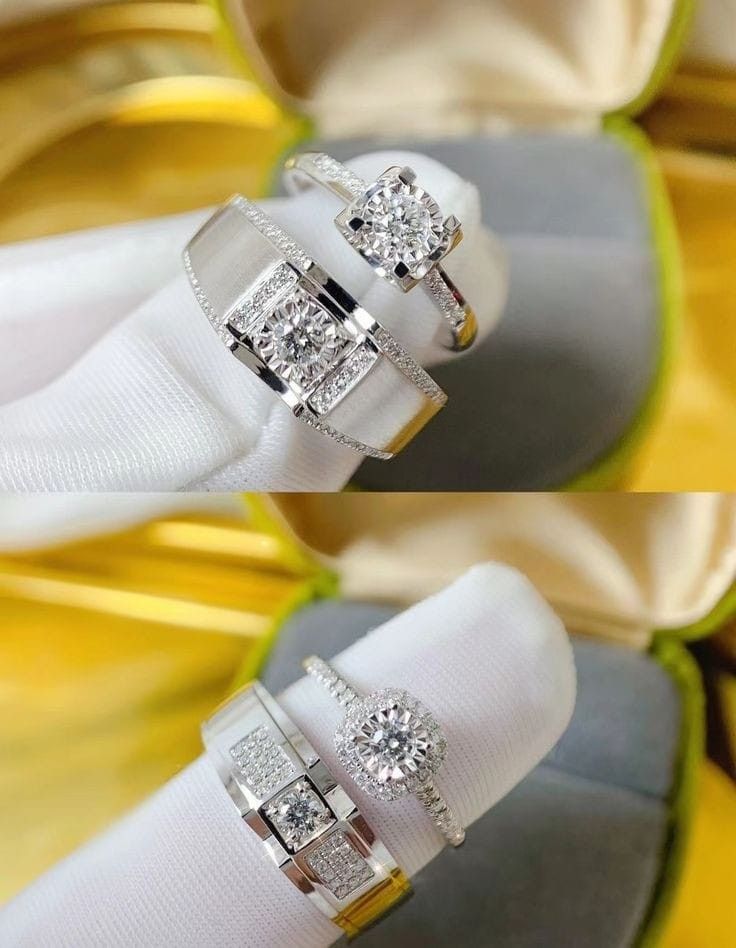The Future of Sustainable Jewelry How Lab-Grown Diamonds are Paving the Way for an Eco-Friendly and Ethical Revolution in the Gemstone Industry
In recent years, lab-grown diamonds have gained significant popularity as a sustainable and ethical alternative to natural diamonds. These diamonds, created in controlled laboratory environments, offer the same brilliance and beauty as their natural counterparts, but with several added benefits. In this blog, we will explore the fascinating journey of lab-grown diamonds from their creation in the lab to becoming a symbol of love and commitment.

The Science Behind Lab-Grown Diamonds
Lab-grown diamonds are produced using advanced technological processes that mimic the natural conditions under which diamonds form in the Earth’s mantle. Two primary methods exist for creating lab-grown diamonds: High-Pressure High Temperature (HPHT) and Chemical Vapor Deposition (CVD).
1. High-Pressure High Temperature (HPHT): HPHT involves placing a small diamond seed in a chamber and subjecting it to extremely high temperatures (over 2,000 degrees Celsius) and pressures (around 1.5 million pounds per square inch). Under these conditions, carbon atoms bond to the seed, forming a larger diamond crystal.
2. Chemical Vapor Deposition (CVD): CVD is a more recent and refined technique. This method places a diamond seed in a chamber filled with carbon-rich gases. The gases are then ionized into plasma using microwaves or lasers. The carbon atoms separate from the gas and deposit onto the seed, layer by layer, forming a diamond crystal over time.
Benefits of Lab-Grown Diamonds
1. Ethical and Conflict-Free: One of the most significant advantages of lab-grown diamonds is that they are conflict-free. Traditional diamond mining has been associated with numerous ethical concerns, including human rights abuses and environmental degradation. Lab-grown diamonds eliminate these issues, providing consumers with a guilt-free choice.
2. Environmental Sustainability: Diamond mining can have a severe impact on the environment, including deforestation, soil erosion, and habitat destruction. Lab-grown diamonds require significantly fewer natural resources and a much lower environmental footprint, making them more sustainable.
3. Cost-Effective: Lab-grown diamonds are generally more affordable than natural diamonds. This cost difference is due to the streamlined production process and the elimination of the complex supply chain associated with mined diamonds. As a result, consumers can get a larger or higher-quality diamond for the same price.
4. Quality and Variety: Lab-grown diamonds offer exceptional quality and come in various colors and sizes. Since the conditions in the lab can be precisely controlled, these diamonds often have fewer impurities and inclusions than natural diamonds. Additionally, lab-grown diamonds can be engineered to possess unique colors, such as pink, blue, and yellow, offering consumers a broader range of options.
Myths and Misconceptions
Despite their growing popularity, several myths and misconceptions surround lab-grown diamonds. Let’s address a few common ones:
1. Lab-Grown Diamonds Aren’t Real: This is perhaps the most prevalent myth. Lab-grown diamonds are real diamonds, both chemically and physically. They have the same optical properties and hardness as natural diamonds.
2. Lab-Grown Diamonds Are Synthetic: While “synthetic” can imply fake or artificial, lab-grown diamonds are anything but. They are grown from a natural diamond seed and consist of pure carbon, just like mined diamonds.
3. Lab-grown diamonds Have No Resale Value: While it’s true that they currently have a lower resale value than natural diamonds, this is changing as they become more accepted and sought after in the market.
The Future of Lab-Grown Diamonds
As technology continues to advance, the production of lab-grown diamonds is becoming more efficient and cost-effective. This progress will likely increase their popularity and acceptance in the jewelry market. Moreover, the growing awareness of ethical and environmental issues associated with diamond mining drives more consumers toward lab-grown diamonds.

Conclusion
Lab-grown diamonds represent a harmonious blend of science and love. They offer a sustainable, ethical, and affordable alternative to natural diamonds without compromising on quality or beauty. Whether you’re considering an engagement ring, a special gift, or simply adding to your jewelry collection, lab-grown diamonds are a sparkling choice that you can feel good about.





